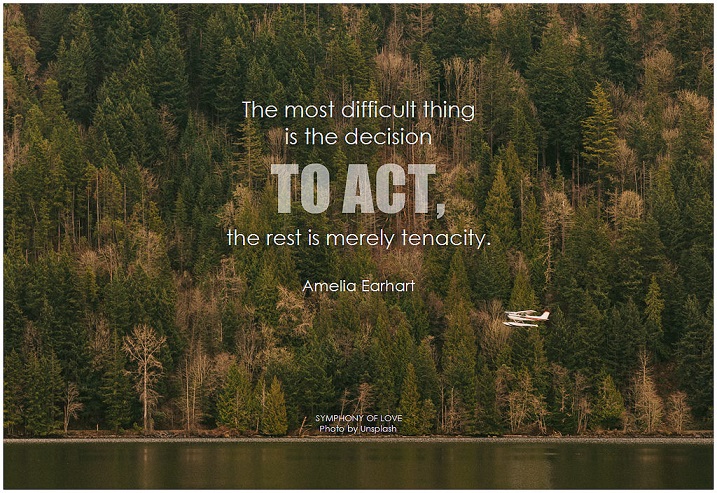Last week in Strategy Blogs we discussed the topic of innovation speed and how this positively relates to organizational performance. In addition to the characteristics mentioned last week that increase innovation speed, it is important to mention decisiveness as a characteristic as well. Decisiveness can be described as the ability to decide with speed and clarity.
Theory
Heath & Heath (2013) already found that we are not always good at being decisive, because we have a too narrow frame of all the options, we look too much for confirmation of our own suppositions, we are led by emotions and we tend to be overconfident about the future. To improve our decision making, Heath & Heath (2013) proposed to: widen the options; reality-test our assumptions; attain distance before deciding and prepare to be wrong.
In the March 2016 edition of Environmental Science & Policy there is an article by Gorddard et al. (2016), who emphasize that simply broadening the decision-making perspective is not enough. There should be more awareness that there can be differences between the decision-making perspective and the decision context (social environment) in terms of values, rules and knowledge. These differences between the decision makers and the social environment that is influenced by the decision are not static but can also interact. This dynamic not only creates but limits the set of decisions as well.
Practice
In the current competitive global business environment, individuals and teams have to make decisions every day based on partial information. When it comes to important business decisions about innovation and achieving a sustainable performance, it looks from a theoretical perspective that it is most wise to take more time to understand all perspectives. In my opinion that is wise, but at the same time it is also important to act. Information from real life experience is most valuable to understand what is really going on in the business- and social environment. To act with speed responsibly it is necessary (1) to have a diverse team to include more perspectives and (2) a strong business focus on innovation and sustainability, so clients can rely on the best products and services available. In this progressive attitude clients and other stakeholders can more easily align and interact with you about the challenges that are being undertaken.
Next week in Strategy Blogs: Stakeholder co-creation during innovation.
Literature
Gorddard, R., Colloff, M. J., Wise, R. M., Ware, D., & Dunlop, M. (2016). Values, rules and knowledge: Adaptation as change in the decision context. Environmental Science & Policy, 57, 60-69.
Heath, C., & Heath, D. (2013). Decisive: How to make better choices in life and work. Random House.
Photo credit: symphony of love via Foter.com /CC BY-SA
Special thanks to Herman Mandemakers, for your personal analysis, input and feedback on my previous blogs.

